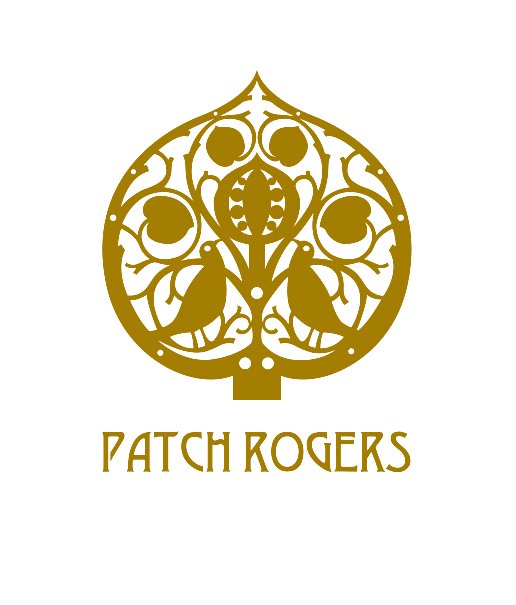HECTOR GUIMARD SEAT
HECTOR GUIMARD SEAT
A SEAT
Cast iron and oak seat by Hector Guimard circa 1900
Bench ends of this design are in the collection of the Musée d'Orsay
Philippe Thiebaut, Guimard, Musée d'Orsay, exhibition catalogue, Paris, 1993, p. 357, cat.no. 28;
Musée d'Orsay, catalogue sommaire illustré des arts décoratifs, exhibition catalogue, Paris, 1988, p.133.cast iron and oak, the two foliate supports joint by later slats
cast mark 'Style Guimard'
Provenance courtesy of Sotheby’s Fine 20th Century Design Catalogue 27 September 2007 - Lot No 405
HECTOR GUIMARD 1867 - 1942
Guimard was born in Lyon. Like many other French nineteenth-century architects, he attended the École nationale supérieure des arts décoratifs in Paris from 1882 to 1885, where he became acquainted with the theories of Eugène Emmanuel Viollet-le-Duc. These rationalist ideas provided the basis for his idiosyncratic form of Art Nouveau. In 1884 he was awarded three bronze and two silver medals at the school for his work. In 1885 he received awards in all of the competitions at École nationale supérieure des arts décoratifs including four bronze medallions, five silver, and the school's Grande Prix d'Architecture.
In 1885 Guimard began his studies at the École Nationale et Speciale des Beaux-Arts in Paris, and he was admitted to the first year at École Nationale des Beaux-Arts in 1888. Later, in 1890, he was awarded a silver metal for "modelled ornament" at Ecole des Beaux-Arts.
In 1891 Guimard became an Assistant professor in descriptive geometry, shadow, and perspective drawings of the girls' section at the École des Arts Décoratifs in Paris. He was named a professor the following year in 1892 of the girls' section and was also named a professor of perspective in 1894. He remained there until 1900.
In 1893 he designed the lettering and street numbers for the Hotel Villa de la Réunion at 142 avenue de Versailles, Paris, which were produced for him by the ceramicist Emile Muller. The following year Guimard visited the Hôtel Tassel in Brussels, designed by Victor Horta, and the latter's work was to become a profound inspiration.
His first solo commission and breakthrough came in 1894, when he designed Castel Béranger at 14, rue Jean de la Fontaine, Paris, for Mme. Fournier. Carried out over four years, he persuaded his client to abandon a more restrained design and replace it with an overt embracement of the art of the curvilinear. In a single commission Guimard demonstrated how architecture and the industrial arts could be united in a single building to create a unified, modern scheme.
The Castel Béranger made Guimard famous and he soon had many commissions. He continued to develop his own form of Art Nouveau, especially devoted to the ideal of harmony and continuity, which caused him to design the interior furnishings and decoration of his buildings as well. This approach culminated between 1909 and 1912 when he created his own home, Hôtel Guimard (his wedding present to his rich American wife) where ovoid rooms contained unique pieces of furniture which are considered integral parts of the building.




